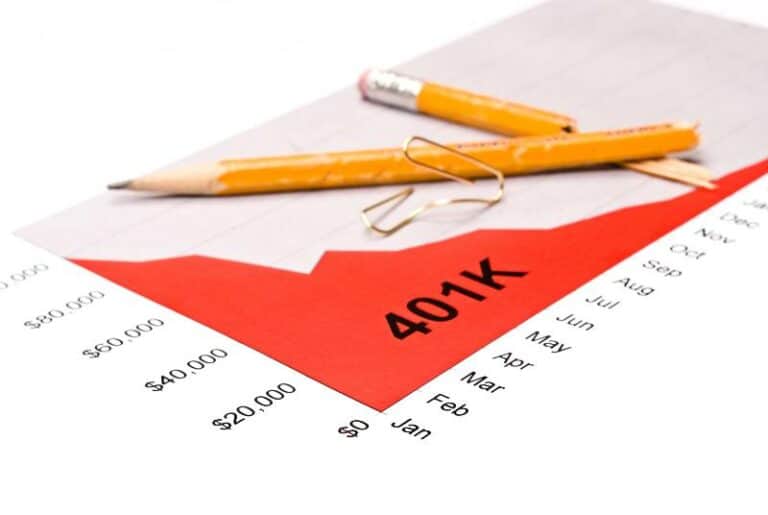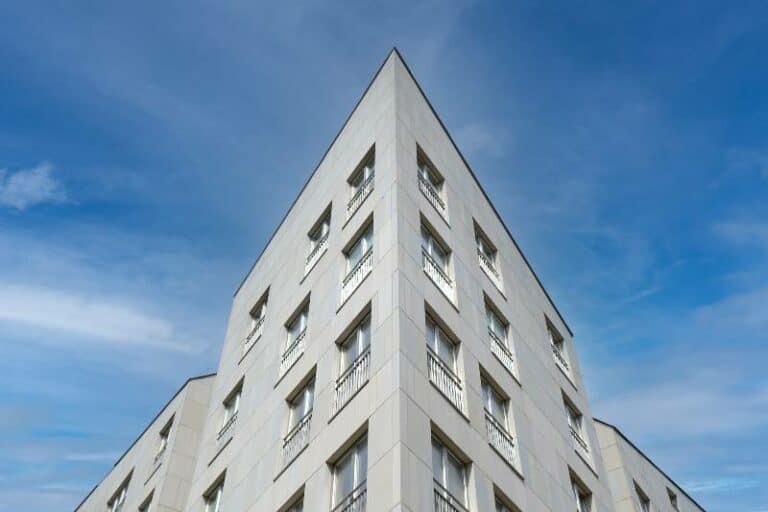Inflation is a huge problem for businesses all around the world. When prices go up, it becomes more difficult for companies to turn a profit. One way to combat this is through a sales leaseback agreement. In this blog post, we will discuss what a sales leaseback during high inflation is and how businesses can use it to survive high inflation rates!
A sales leaseback is a type of financial transaction in which the owner of an asset (such as a piece of land or building) sells that asset and then leases it back from the buyer at a fixed rental rate. The seller continues to own the property while leasing it to the buyer, who then has the right to use and occupy the property as if it were their own.

What is a Sale-Leaseback?
Sale-leaseback is an arrangement where a lessee sells their business premises to the lessor, who then leases the premises back to them. The new lease typically has a longer term than the original lease and often has a lower rent. The lessee will also negotiate a capital repayment on top of the rent payments.
This arrangement allows the lessee to raise capital quickly while maintaining control over their business and property.
Sale-Leasebacks in the Current Economy
A sale-leaseback is a type of real estate transaction in which a property owner sells their property to an investor and then leases it back from the investor for a set period of time. This arrangement can be beneficial for both parties, as it allows the company to free up capital that can be used for other purposes, while the investor enjoys a steady stream of income from the lease payments.
Sale leasebacks have been popular for many years, but there has been an increase in activity in recent months due to various factors. Many companies are in need of operating capital after the pandemic, and investors are looking for more stable investments.
In addition, the low-interest rates have made sale leasebacks more attractive for both buyers and sellers. As a result, we expect to see continued activity in the sale-leaseback market in the coming months.
Sale-Leaseback Advantages
Access to Liquidity
A sale and leaseback agreement is a contract in which the owner of a piece of property agrees to sell the property and then leases it back from the buyer. This type of agreement can benefit companies looking to improve their capital structure. One of the main advantages of a sale and leaseback agreement is that it enables the company to repay short-term debts to lenders.
This is because the sale of the property generates cash that can be used to pay off debts. In addition, a sale and leaseback agreement raises the fixed-to-current asset ratio. This is because the property is removed from the balance sheet as an asset and replaced with a lease obligation. As a result, the company’s financial statement looks more favorable to lenders, which can help improve access to liquidity.
Financial added significance
For many business owners, their commercial space is one of their most valuable assets. But what if you could free up the capital tied up in your property and use it to fund other aspects of your business? This is where Sale and Lease Back come in. Sale and Lease Back is a type of agreement where you sell your property to an investor, usually a regulated real estate company (RREC), and then lease it back from them.
This can be a great way to free up the financial resources that are tied up in your property so you can use them elsewhere in your business. There are many benefits to this type of arrangement, including the fact that it can help you secure additional funding, make your business more efficient, and support growth. So if you’re looking for a way to unlock the value of your commercial space, Sale and Lease Back might be worth considering.
Focus on core business and growth
After years of heavy investment and rapid growth, your company has reached a point where it can no longer continue to expand at the same pace. The problem is that you do not have the necessary financial resources to keep up with demand. As a result, you need to find a way to free up capital so that you can continue to grow your business. One solution is to enter into a Sale and Lease Back agreement.
This allows you to sell your property and then lease it back from the buyer. This gives you the capital you need to invest in your core business and continue to grow. In addition, it allows you to maintain control of your property and ensures that you have a secure location for your business.
Control
One of the advantages of a sale-leaseback is control. When you sell your property to an investor, you no longer have to worry about day-to-day maintenance and upkeep. Instead, you can focus on your core business. In addition, you can continue to occupy the property under a long-term lease. This means that you will not have to deal with the hassle and expense of finding a new location. As a result, a sale leaseback can give you the peace of mind that comes with knowing your property is in good hands.
Sale-Leaseback Disadvantages
Any potential appreciation in the property’s value is no longer available to the seller.
One of the disadvantages is that the seller no longer has any potential upside if the property appreciates in value. This is because the investor now owns the property and will benefit from any appreciation. For sellers who were counting on the property’s appreciation to fund their retirement, this can be a significant downside.
The company can no longer benefit from the property’s value as part of any business sale.
Another potential disadvantage is that the company can no longer benefit from the property’s value if it is sold. This is because the investor owns the property and would receive any proceeds from a sale. For companies that were hoping to sell their business in the future, this can be a major downside.
It may be difficult to find an investor who is willing to enter into a sale-leaseback.
Tax implications may be detrimental and must be evaluated before any agreement is entered into.
Finally, it may be difficult to find an investor who is willing to enter into a sale-leaseback. This is because the investor would be taking on a long-term lease and would need to be confident in the company’s ability to make payments. For many investors, this type of arrangement can be too risky.
How to Find a Sale-Leaseback Investment
If you are interested in exploring a sale leaseback, the first step is to find an investment partner. There are a few different ways to do this. One option is to work with a real estate broker who specializes in this type of transaction. Another option is to contact a company that specializes in sale-leasebacks. These companies can help you find an investor and negotiate the terms of the deal.
Other Things to Consider When Doing a Sale-Leaseback
Once you have found an investor, there are a few other things to consider before entering into a sale leaseback. First, you will need to determine the fair market value of your property. This can be done by hiring a professional appraiser. Next, you will need to negotiate the terms of the lease. This includes the length of the lease, the amount of rent, and any other terms and conditions. Finally, you will need to have a lawyer review the sale-leaseback agreement to make sure it is fair and legal.
Why Sales-Leasebacks are Sound Investments in Recessions
Sales leasebacks are a type of investment that can be beneficial in recessions. They offer many advantages, including control, security, and the ability to continue occupying the property. However, there are also a few disadvantages to consider. Overall, sales leasebacks can be a sound investment in recessions if they are done carefully and with the help of a professional.
The Advantages Of Sales-leaseback During High-interest Rates
One advantage of sales leaseback during high-interest rates is the ability to benefit from long-term financing. This type of financing can be beneficial because it allows companies to lock in rates for a set period of time, which can protect against future rate increases. In addition, lengthy financing terms can provide flexibility in how companies use their funds and can make it easier to obtain favorable terms from lenders.
Another advantage of sales leaseback during high-interest rates is the ability to gain a long-term capital partner. This type of partnership can provide companies with the financial stability and support they need to weather economic downturns and periods of a high-interest rates. In addition, having a long-term partner can help companies secure better loan terms and improve their overall financial health.

Sales Leaseback During Inflation FAQs
Why would a business owner want to do a sale and leaseback?
A business owner might want to do a sale and leaseback for several reasons. One reason might be to raise cash quickly. Another reason might be to avoid having to sell the property in an inflationary market, which could erode the value of the asset.
How to evaluate a sale leaseback?
A sale-leaseback is a type of real estate transaction in which the owner of a property sells the property to an investor and then leases it back from the investor. This type of transaction can be used to generate cash, free up capital for other investments, or to reduce the amount of debt on a balance sheet. When evaluating a sale-leaseback, there are a few key factors to consider.
First, it is important to look at the financial terms of the deal. This includes the sales price, the lease terms, and any fees or commissions that may be involved. It is also important to consider the tax implications of the transaction. In some cases, a sale-leaseback can result in a significant tax liability.
Finally, it is also necessary to assess the impact of the transaction on operations. In some cases, a sale-leaseback may lead to disruptions in service or other negative consequences.
How does a sale-leaseback benefit an investor?
One of the primary benefits of a sale leaseback is that it allows the investor to generate cash from their real estate holdings without having to sell the property outright. This can be especially beneficial for investors who are looking to raise capital for business expansion or debt reduction. In addition, a sale leaseback can also provide some level of security for the investor, as they will still have long-term use of the property through the lease agreement.
Conclusion
Sales leaseback is a viable solution for businesses that are looking to survive high inflation. By selling your assets and leasing them back, you can maintain control of your company while also freeing up cash flow to help with other expenses. If you’re interested in learning more about how sales leaseback could work for your business, please call or schedule a free consultation today. I would love to discuss this option further with you and answer any questions you may have.
Blog Articles Disclaimer
The information presented in articles on our website or affiliated platforms is exclusively intended for informational purposes. It’s crucial to grasp that this content does not constitute professional advice or services. We strongly recommend our readers to seek guidance from appropriately qualified experts, including, but not limited to, real estate and other attorneys, accountants, financial planners, bankers, mortgage professionals, architects, government officials, engineers, and related professionals. These experts can offer personalized counsel tailored to the specific nuances of your individual circumstances. Relying on the content without consulting the relevant experts may hinder informed decision-making. Consequently, neither Tolj Commercial Real Estate nor its agents assume any responsibility for potential consequences that may arise from such action.






